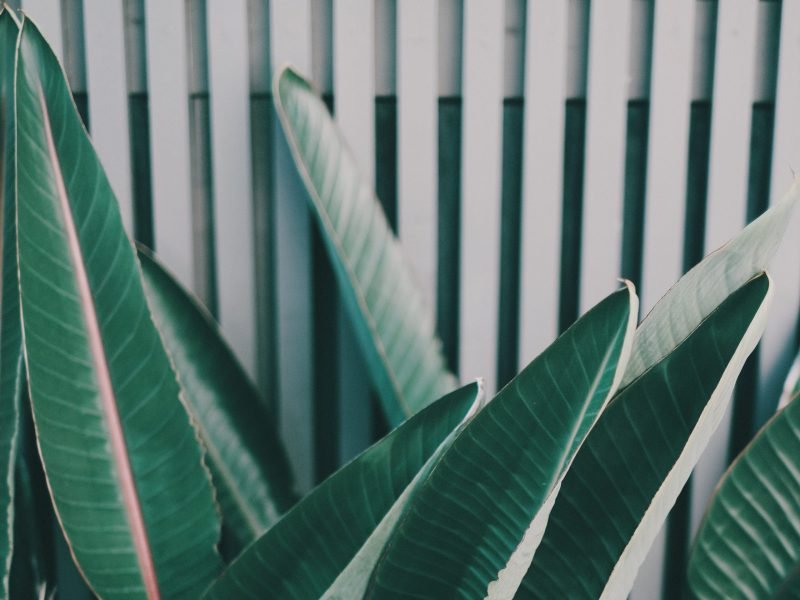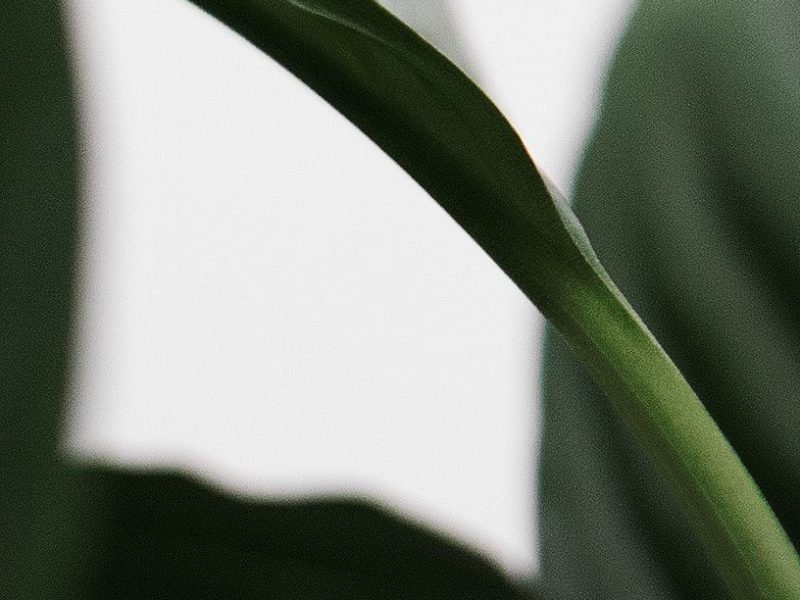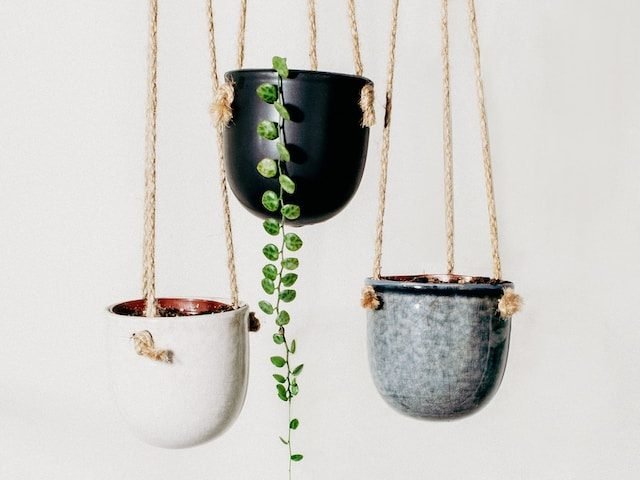
Basic Cast Iron Plant Care
The Cast Iron Plant is a fantastic, glossy houseplant that gives a real tropical feel to your space. On top of all of this, they’re also pretty simple to care for and can take a good variety of conditions without issues.
| Light |
Low LightI prefer a shady spot as too much sunlight will damage my leaves. |
| Water |
Water ModeratelyI don’t like my soil to be too dry or too soggy. Little and often is what I’m after. |
| Humidity |
High HumidityI thrive in humid environments so please mist my leaves every so often. |
| Soil |
Potting SoilI need soil specifically for indoor plants as it retains the right amount of water. |
They’re super easy to keep
The great thing about Cast Iron Plants is that it’s one of the easiest plants to keep. They can deal with a huge range of environments with no issues.
Cast Iron Plant lighting needs
The Aspidistra is one of the least fussy houseplants when it comes to lighting conditions. They’re more than happy with a shady spot, just keep them out of bright direct light.
Keeping the leaves lush and green
To make sure that the leaves stay lush and healthy, make sure to keep the humidity a little higher. To make it easy just spray the leaves down with a misting bottle every few days.
Cast Iron Plant watering
As with lighting requirements, the Aspidistra is really not fussy. Make sure that your pot isn’t holding in excess moisture to avoid root rot, but don’t worry about missing the odd watering.
Keeping the leaves clean
Just like any other plant with larger leaves, the Cast Iron plant will definitely appreciate having its leaves dusted off once in a while. This will just allow it to ‘breathe’ a little better.

Cast Iron Plant FAQs
Quick and simple answers to the most common questions we see about the Cast Iron Plant.
Can Cast Iron Plants tolerate full sun?
Cast Iron Plants can cope with bright light but will start to dry out and burn if exposed to too much intense direct sunlight. But other than that, they can adapt to a real range of light levels and even make a pretty good low light plant.
Is the Cast Iron Plant easy to care for?
Yes, Cast Iron Plants are one of the easiest houseplants to care for. Not only do they adapt well to a range of environments, but they don’t need constant tending to so are great for beginner or busy plant parents.
How often should I water my Cast Iron Plant?
Cast Iron Plants are quite forgiving when it comes to a watering schedule. Make sure that your pot isn’t holding in excess moisture to avoid root rot, but don’t worry about missing the odd watering.
Is the Cast Iron Plant toxic?
Another great thing about the Cast Iron Plant is that they are non-toxic and completely safe making them great for every home.
Common Problems with your Cast Iron Plant
Here are some common issues that you might run into. It’s important to diagnose any issues early to give your plant the best chance of bouncing back.
Why does my Cast Iron Plant have yellow leaves?
The most common cause of yellow leaves on Cast Iron Plants is overwatering. Check the moisture levels in the soil to confirm the issue and replace if waterlogged. Going forward you will want to cut back on how much you are watering your Cast Iron Plant to prevent the issue happening again.
Another potential cause is too much direct sunlight scorching the leaves. In this cause simply move your plant to a less sunny spot and remove the worst affected leaves.
Why does my Cast Iron Plant have brown leaf tips?
Bronw leaf tups are caused by a few factors so go through eliminating each one to find the cause. Firstly it can be caused by underwatering which dries out the leaves. Secondly, it can be caused by a lack of humidity so try misting your plant or investing in a humidifier.
If those two issues are not solving the problem then it may be that your Cast Iron Plant is reacting to the high levels of fluoride in the tap water so use rainwater or distilled water in future.
Why are there spots on my Cast Iron Plant’s leaves?
Spots and speckles on your Cast Iron Plant are often caused by spider mites. These are little pests that suck on your plant’s leaves and will eventually kill your plant if not dealt with. Start by isolating your plant to stop the infestation spreading to other plants and then treat with an insecticide.
It can happen that you are not able to curb the spider mite infestation at which point it is sometimes best to say goodbye to your plant so you don’t risk infecting any of your other beloved houseplants. It can be tough (we have been there) but it has to be done sometimes.















